
Special Needs Babywearing: Safe & Comfortable Carrier Adaptations
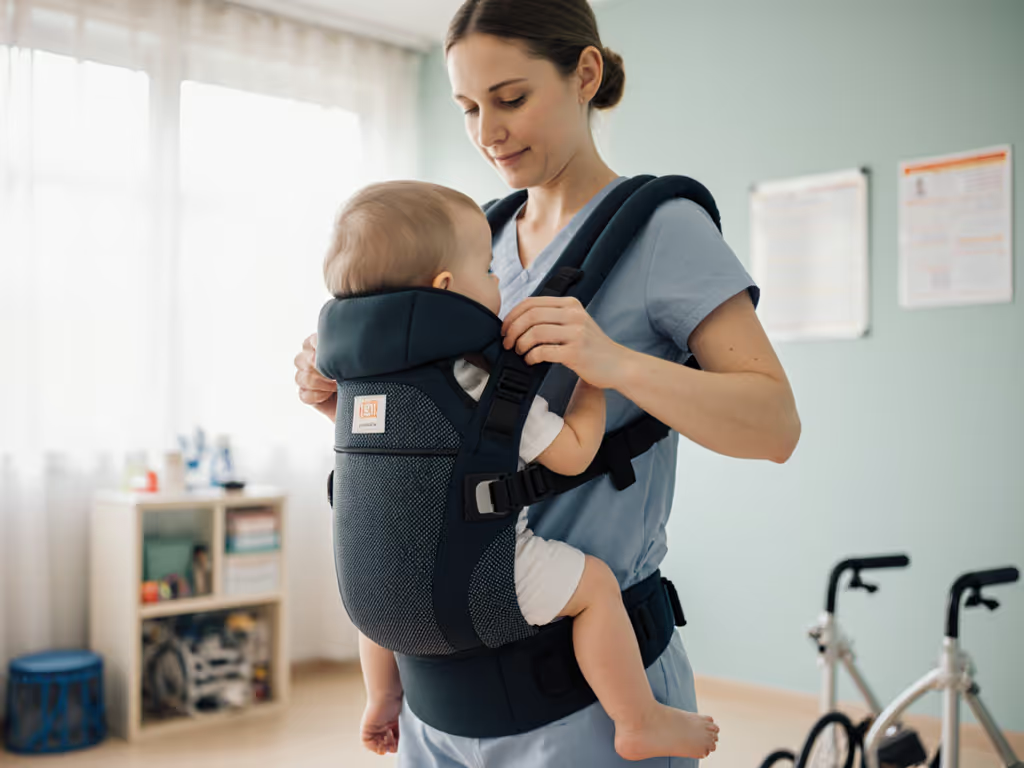
When exploring special needs babywearing, finding the best newborn carriers that accommodate both caregiver and child requires thoughtful consideration of posture, support, and sensory needs. Properly fitted carriers don't just hold weight; they create continuity of care through precise weight distribution that reduces strain on your body while meeting your child's unique requirements. As I've observed working with caregivers across diverse physical abilities and neurotypes, the right fit transforms babywearing from a challenge into a sustainable care strategy.
Why Standard Carriers Often Fall Short
Many conventional carriers assume neurotypical development, standard muscle tone, and predictable sensory responses (factors that don't align with the realities of children with special needs). Caregivers I've supported report frustration with carriers that:
- Lack sufficient head and neck support for children with low muscle tone
- Create uncomfortable pressure points for sensory-sensitive children
- Restrict access to medical devices or feeding tubes
- Fail to provide adequate containment for children who require deep pressure input
This mismatch often leads to abandoned carriers and increased caregiver fatigue. When we prioritize both parties' physical realities, however, we see remarkable outcomes: children settle faster, and caregivers experience reduced strain during wear time.
Safety Fundamentals for Special Needs Babywearing
While the T.I.C.K.S. safety rule (Tight, In view, Close enough to kiss, Chin off chest, Supported back) remains essential for all babywearing, special needs scenarios require additional considerations. The International Hip Dysplasia Institute confirms that proper hip positioning (the "M" position) remains critical for children with mobility challenges, though achieving it may require customized adjustments.
For children with compromised respiratory function or tracheostomies, maintaining airway visibility becomes paramount. One family I worked with developed a modified version of the "close enough to kiss" rule: "close enough to monitor oxygen saturation." This subtle shift acknowledges that traditional safety guidelines need contextual adaptation while maintaining core safety principles.
Tailoring Carriers for Specific Needs
Babywearing for Low Muscle Tone
Children with hypotonia require consistent postural support that standard carriers often lack. When fitting carriers for babywearing for low muscle tone, focus on:
- Rigid support along the entire spine
- Adjustable thigh straps to maintain proper hip alignment
- Contoured head support that doesn't restrict breathing
- Compression panels that stabilize without restricting movement
A recent study published in Pediatric Physical Therapy documented improved head control in infants with low muscle tone after consistent, properly fitted babywearing. The key wasn't the carrier type, but how it distributed weight across the caregiver's body, allowing for longer wear times without compromising support.
Creating Sensory-Friendly Carriers
For children with sensory processing disorder or autism, the carrier itself can become a therapeutic tool. Sensory-friendly carriers succeed when they incorporate:
- Removable, adjustable hoods for light and noise modulation
- Textural options (smooth vs. textured fabrics) that can be presented to the child
- Compression levels that can be micro-adjusted to match sensory needs
- Hidden pockets for weighted inserts (when appropriate and supervised)
I've seen caregivers transform standard carriers by adding removable fabric flaps that create a "cocoon" effect, reducing visual overload while maintaining breathability. This approach aligns with research showing that controlled sensory input during babywearing can reduce anxiety in neurodivergent children. If you're comparing fabric feel and stretch for sensory needs, our stretchy vs woven wrap comparison explains support, texture, and compression differences.
Adaptations for Medical Conditions
Babywearing for medical conditions requires careful collaboration between caregivers, medical providers, and carrier specialists. When managing tubes, ports, or respiratory equipment:
- Work with your healthcare team to identify safe placement zones
- Map pressure points to avoid medical equipment locations
- Use soft, seamless fabrics at contact points to prevent skin irritation
- Create "emergency access" zones through strategic strap placement
One parent I supported with a child requiring frequent oxygen adjustment developed a carrier modification chart that documented exactly where and how much adjustment was needed for each equipment scenario. This systematic approach reduced setup time by 70% while ensuring safety.
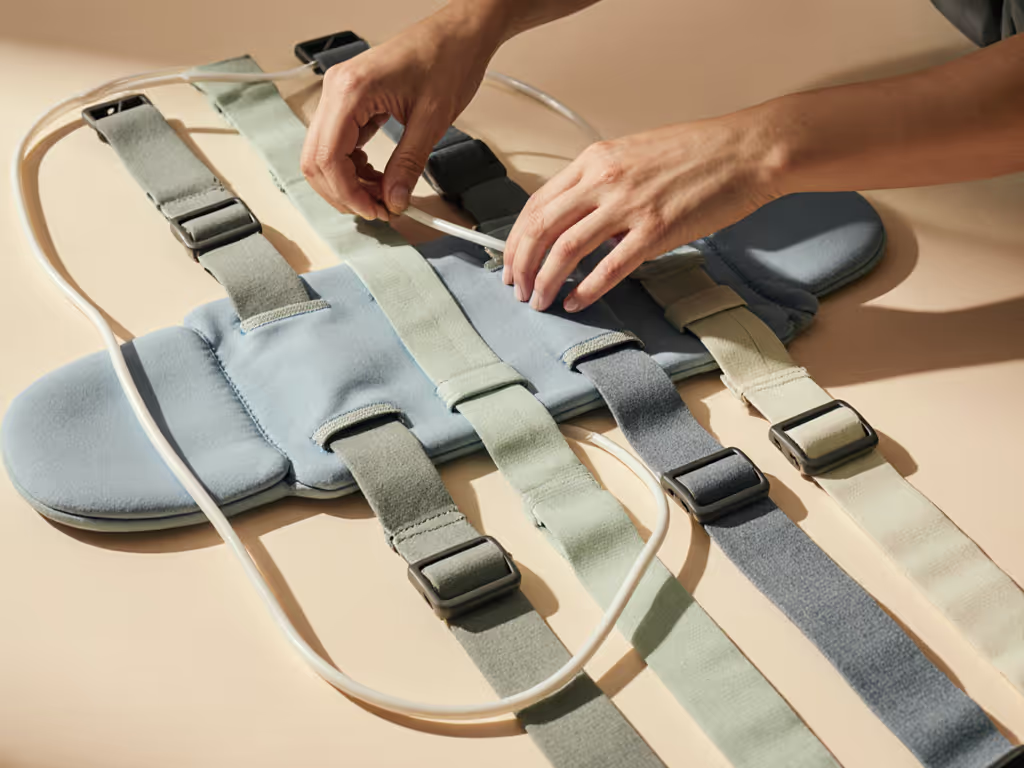
Practical Customization Strategies
Instead of searching for perfect off-the-market solutions, consider these custom carrier modifications that caregivers have successfully implemented:
- Strap-length extenders: For caregivers with larger torsos or those needing to accommodate external medical devices
- Shoulder padding customization: Different densities for asymmetric shoulder strength or sensitivity
- Adjustable panel height: To accommodate children who require different positioning based on activity or time of day
- Alternative clip placements: For caregivers with limited range of motion in shoulders or wrists
These modifications reflect the principle that comfort is a posture achieved, not a promise on packaging. If you also need longer straps and more adjustability out of the box, see our best carriers for plus-size parents for fit-tested options. When I was three weeks postpartum and my back ached after a grocery run in a soft wrap, I learned that measuring panel height and seat width at home created a repeatable system for matching carriers to my body's needs, not just my baby's.
Your Special Needs Babywearing Checklist
Before every wear, perform this quick assessment:
Support the caregiver, support the baby (this foundational truth guides every adjustment).
- Posture check: Can you maintain neutral spine alignment without bracing?
- Access assessment: Can you reach medical equipment without compromising carrier integrity?
- Sensory scan: Does your child show signs of over- or under-stimulation?
- Pressure mapping: Are there any hot spots or numbness after 5 minutes of wear?
- Emergency readiness: Can you remove your child within 15 seconds if needed?
This structured approach transforms subjective "does this feel right?" questions into objective, repeatable assessments that build confidence through data rather than guesswork.
Building Your Confidence with Practice
Like any caregiving skill, special needs babywearing improves with consistent, thoughtful practice. Begin with:
- Short wearing sessions (5-10 minutes) while seated
- Gradual increase in duration as both you and your child adapt
- Documentation of what works using simple metrics (comfort level 1-5, time worn)
- Partnership with a babywearing consultant experienced in special needs scenarios
Remember that "one size fits all" doesn't apply here; your unique combination of needs requires a personalized approach. The most successful caregivers I've worked with treat carrier fitting as an ongoing process rather than a one-time event, making micro-adjustments as their child's needs evolve.
Actionable Next Step
Take 10 minutes today to assess your current carrier against the special needs checklist above. Document your observations and identify just one adjustment point to address (whether it's adding shoulder padding, modifying strap placement, or practicing emergency removal). Small, data-driven changes compound into significant improvements in comfort and safety over time. When you prioritize both caregiver and child in the fit process, you create the foundation for sustainable, nurturing connection that supports your family's unique journey.
Related Articles

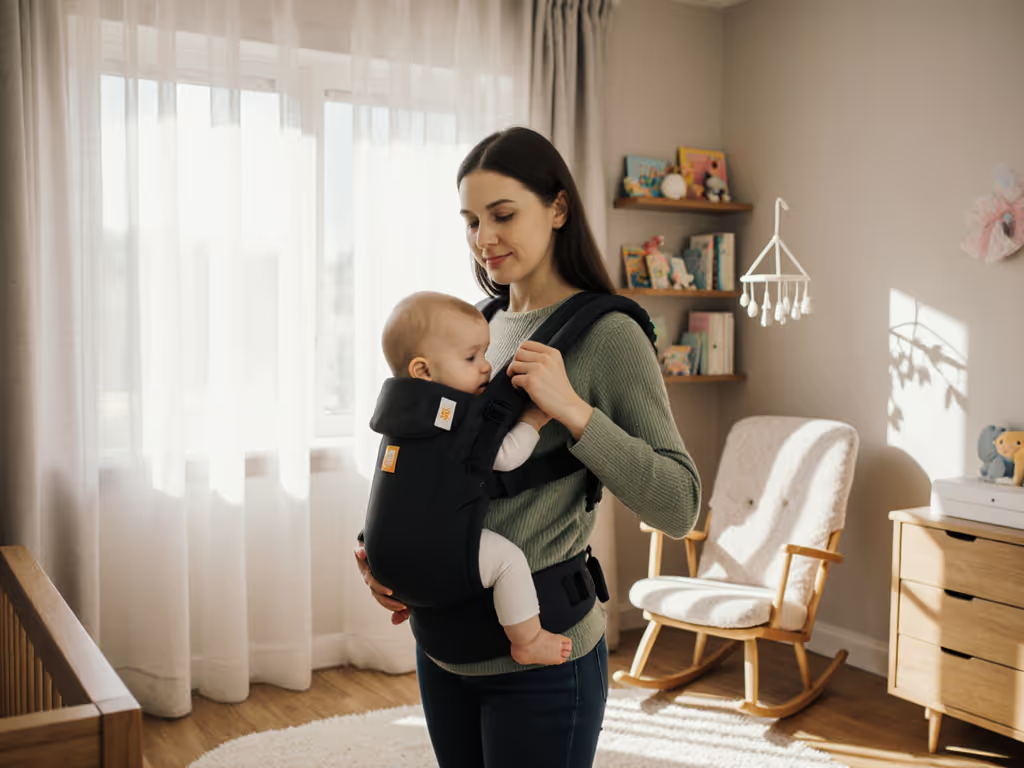
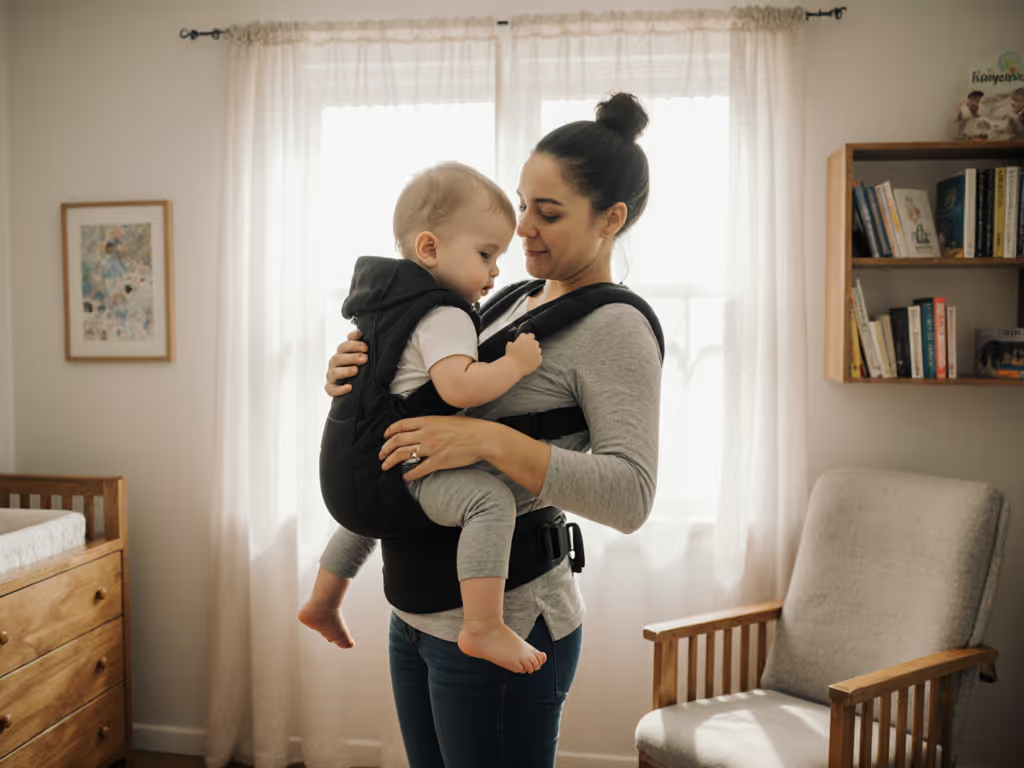
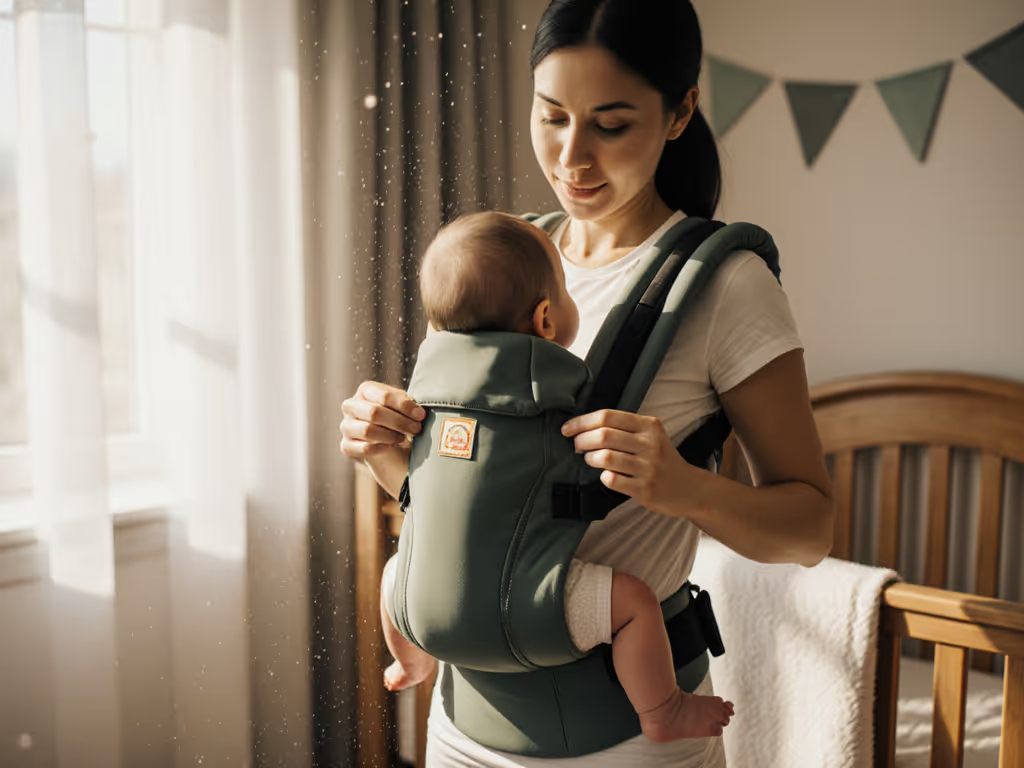
Newborn Carrier Safety: Must-Know Neck & Hip Support Tips
Follow six evidence-based, timed checks to keep a newborn’s airway open and hips healthy, with practical benchmarks like two‑finger chin clearance, knees‑above‑bottom M‑positioning, quick TICKS setup, and an 8‑second emergency release.
